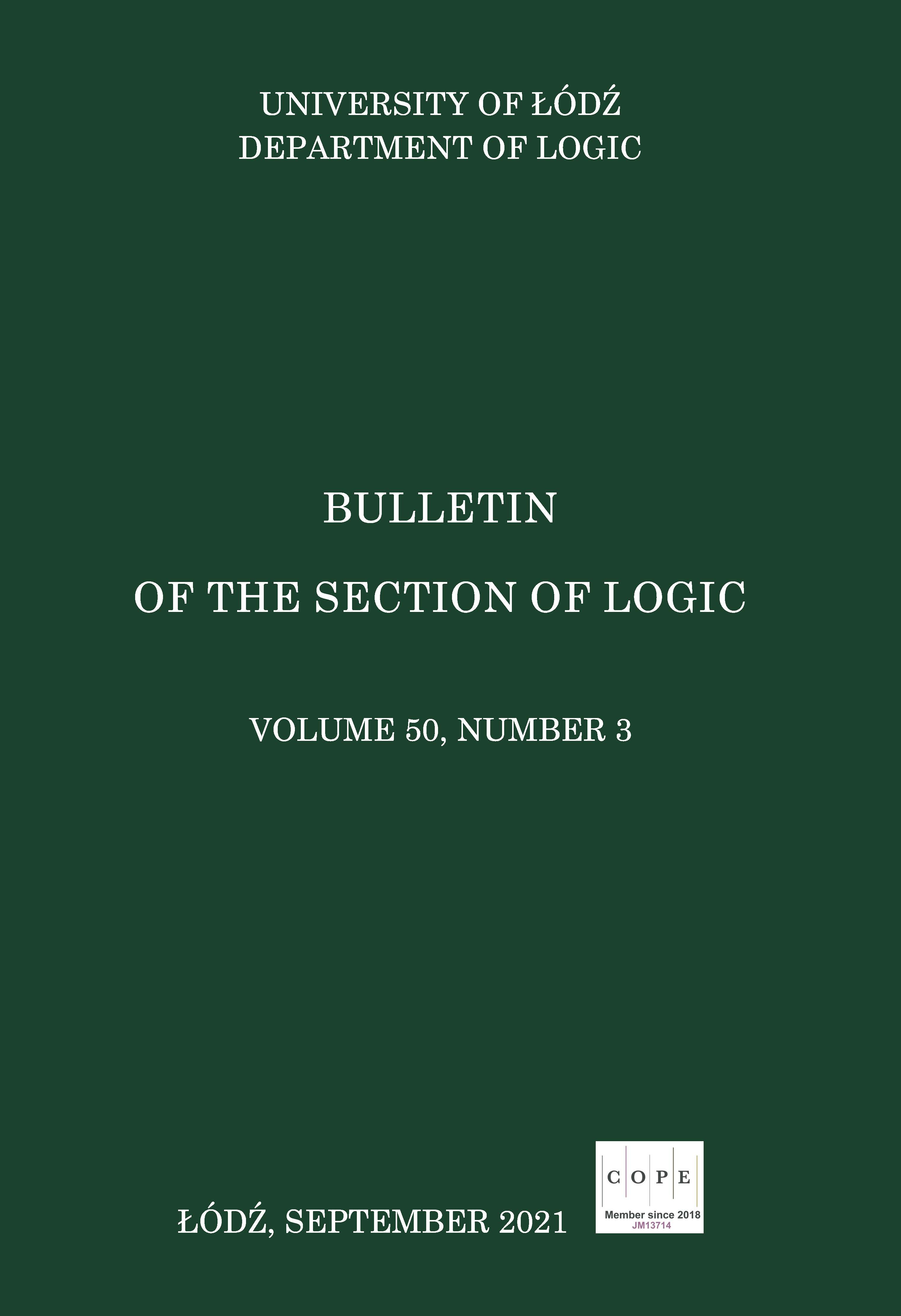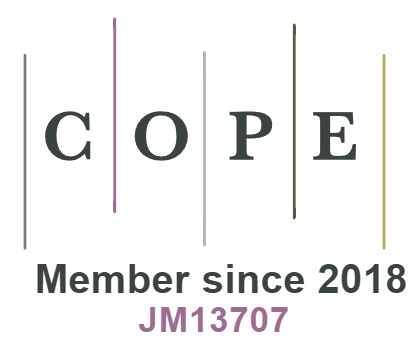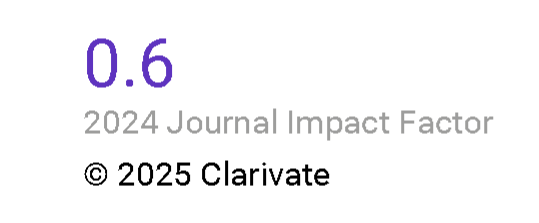Falling Shadow Theory with Applications in Hoops
DOI:
https://doi.org/10.18778/0138-0680.2021.03Keywords:
Hoop, fuzzy subhoop, fuzzy filter, falling fuzzy subhoop, falling fuzzy filterAbstract
The falling shadow theory is applied to subhoops and filters in hoops. The notions of falling fuzzy subhoops and falling fuzzy filters in hoops are introduced, and several properties are investigated. Relationship between falling fuzzy subhoops and falling fuzzy filters are discussed, and conditions for a falling fuzzy subhoop to be a falling fuzzy filter are provided. Also conditions for a falling shadow of a random set to be a falling fuzzy filter are displayed.
References
[1] P. Agliano, I. Ferreirim, F. .Montagna, Basic hoops: An algebraic study of continuous t-norms, Studia Logica, vol. 87 (2007), pp. 73–98, DOI: http://dx.doi.org/10.1007/s11225-007-9078-1
Google Scholar
DOI: https://doi.org/10.1007/s11225-007-9078-1
[2] P. Agliano, F. Montagna, Varieties of BL-algebras, I: General properties, Journal of Pure and Applied Algebra, vol. 181(2–3) (2003), pp. 105–129, DOI: http://dx.doi.org/10.1016/S0022-4049(02)00329-8
Google Scholar
DOI: https://doi.org/10.1016/S0022-4049(02)00329-8
[3] R. Borzooei, M. A. Kologani, On fuzzy filters of hoop-algebras, The Journal of Fuzzy Mathematics, vol. 25(1) (2017), pp. 177–195.
Google Scholar
[4] R. A. Borzooei, M. A. Kologani, Filter theory of hoop-algebras, Journal of Advanced Research in Pure Mathematics, vol. 6(4) (2014), pp. 72–86, DOI: http://dx.doi.org/10.5373/jarpm.1895.120113
Google Scholar
DOI: https://doi.org/10.5373/jarpm.1895.120113
[5] R. A. Borzooei, M. M. Takallo, M. A. Kologani, Y. B. Jun, Fuzzy sub-hoops based on fuzzy points, submitted.
Google Scholar
[6] B. Bosbach, Komplementäre halbgruppen. axiomatik und arithmetik, Fundamenta Mathematicae, vol. 64(3) (1969), pp. 257–287.
Google Scholar
DOI: https://doi.org/10.4064/fm-64-3-257-287
[7] B. Bosbach, Komplementäre Halbgruppen. Kongruenzen und Quotienten, Fundamenta Mathematicae, vol. 69(1) (1970), pp. 1–14.
Google Scholar
DOI: https://doi.org/10.4064/fm-69-1-1-14
[8] G. Georgescu, L. Leustean, V. Preoteasa, Pseudo-hoops, Journal of Multiple-Valued Logic Soft Computing, vol. 11(1–2) (2005), pp. 153–184.
Google Scholar
[9] I. Goodman, Fuzzy sets as equivalence classes of random sets, [in:] R. Yager (ed.), Fuzzy Sets and Possibility Theory: Recent Developments, Pergamon, New York (1982), pp. 327–343.
Google Scholar
[10] Y. Jun, M. Kang, Fuzzifications of generalized Tarski filters in Tarski algebras, Computers and Mathematics with Applications, vol. 61(1) (2011), pp. 1–7, DOI: http://dx.doi.org/10.1016/j.camwa.2010.10.024
Google Scholar
DOI: https://doi.org/10.1016/j.camwa.2010.10.024
[11] Y. Jun, C. Park, Falling shadows applied to subalgebras and ideals of BCK/BCI-algebras, Honam Mathematical Journal, vol. 34(2) (2012), pp. 135–144, DOI: http://dx.doi.org/10.5831/HMJ.2012.34.2.135
Google Scholar
DOI: https://doi.org/10.5831/HMJ.2012.34.2.135
[12] Y. Jun, S. Song, Falling fuzzy quasi-associative ideals of BCI-algebras, Filomat, vol. 26(4) (2012), pp. 649–656, DOI: http://dx.doi.org/10.2298/FIL1204649J
Google Scholar
DOI: https://doi.org/10.2298/FIL1204649J
[13] Y. B. Jun, M. S. Kang, Fuzzy positive implicative ideals of BCK-algebras based on the theory of falling shadows, Computers and Mathematics with Applications, vol. 61(1) (2011), pp. 62–67, DOI: http://dx.doi.org/10.1016/j.camwa.2010.10.029
Google Scholar
DOI: https://doi.org/10.1016/j.camwa.2010.10.029
[14] M. Kondo, Some types of filters in hoops, Multiple-Valued Logic, (ISMVL), (2011), pp. 50–53, DOI: http://dx.doi.org/10.1109/ISMVL.2011.9
Google Scholar
DOI: https://doi.org/10.1109/ISMVL.2011.9
[15] S. Tan, P. Wang, E. Lee, Fuzzy set operations based on the theory of falling shadows, Journal of Mathematical Analysis and Applications, vol. 174(1) (1993), pp. 242–255, DOI: http://dx.doi.org/10.1006/jmaa.1993.1114
Google Scholar
DOI: https://doi.org/10.1006/jmaa.1993.1114
[16] S. Tan, P. Wang, X. Zhang, Fuzzy inference relation based on the theory of falling shadows, Fuzzy Sets and Systems, vol. 53(2) (1993), pp. 179–188, DOI: http://dx.doi.org/10.1016/0165-0114(93)90171-D
Google Scholar
DOI: https://doi.org/10.1016/0165-0114(93)90171-D
[17] P. Wang, Fuzzy sets and falling shadows of random sets, Beijing Normal University Press, Beijing, (1985).
Google Scholar
[18] P. Wang, E. Sanchez, Treating a fuzzy subset as a projectable random set, [in:] M. M. Gupta, E. Sanchez (eds.), Fuzzy Information and Decision, Pergamon, New York (1982), pp. 213-220.
Google Scholar
[19] X. Yuan, E. Lee, A fuzzy algebraic system based on the theory of falling shadows, Journal of Mathematical Analysis and Applications, vol. 208(1) (1997), pp. 243–251, DOI: http://dx.doi.org/10.1006/jmaa.1997.5331
Google Scholar
DOI: https://doi.org/10.1006/jmaa.1997.5331
[20] J. Zhan, Y. Jun, Fuzzy ideals of near-rings based on the theory of falling shadows, UPB Scientific Bulletin, Series A, vol. 74(3) (2012),pp. 67–74.
Google Scholar
[21] J. Zhan, Y. Jun, H. Kim, Some types of falling fuzzy filters of BL-algebras and its applications, Journal of Intelligent and Fuzzy Systems, vol. 26(4) (2014), pp. 1675–1685, DOI: http://dx.doi.org/10.3233/IFS-130847
Google Scholar
DOI: https://doi.org/10.3233/IFS-130847
Downloads
Published
How to Cite
Issue
Section
License

This work is licensed under a Creative Commons Attribution-NonCommercial-NoDerivatives 4.0 International License.















